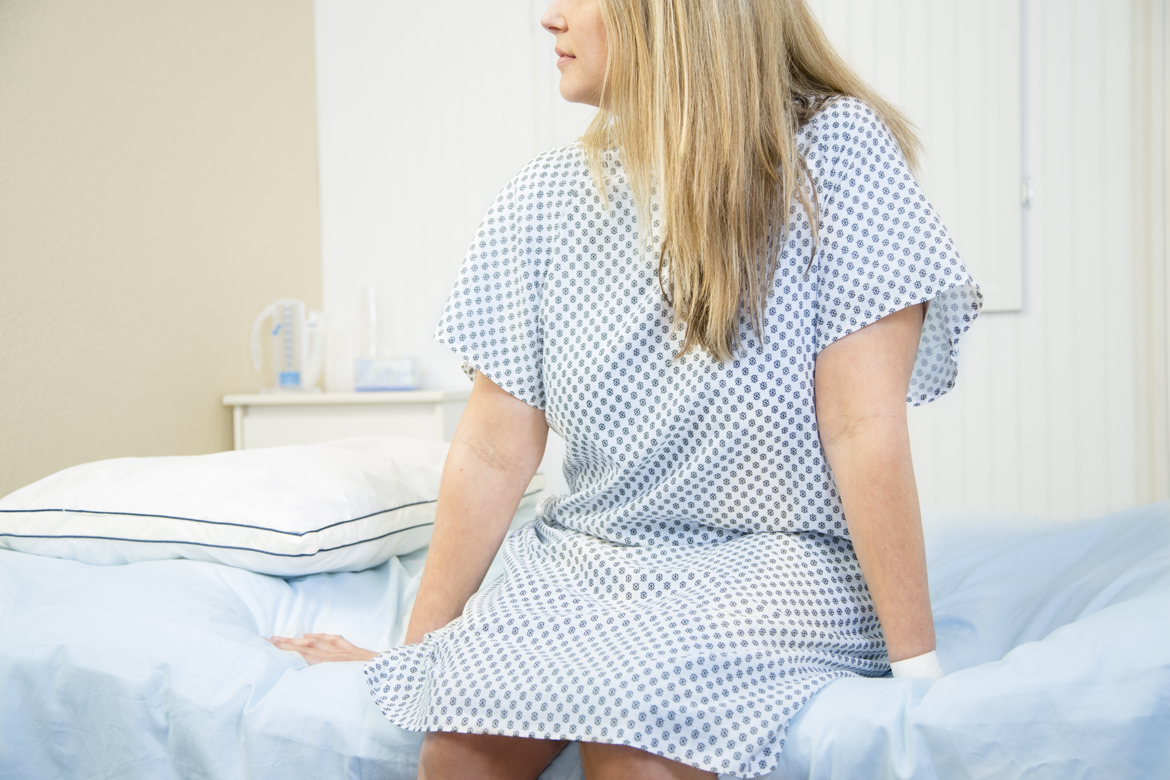Don’t get two when one will do.
Instead of getting both a Pap test and an HPV test to screen for cervical cancer, many women should get just one or the other at regular intervals, according to a draft recommendation published this week by a panel of prevention experts.
Both tests, which are performed on a sample of cells from a woman’s cervix, are effective at screening for cervical cancer. The Pap test, also known as a Pap smear, examines the cells for abnormal growth while the HPV test looks for strains of the human papillomavirus that cause the disease.
Since 2012, the U.S. Preventive Services Task Force, a nonpartisan group of medical experts, has recommended that women between ages 30 and 65 either get a Pap test every three years or get both tests together every five years. In this new draft recommendation, they advise against the two-test option. Instead, the panel proposes that women either get a Pap test every three years (as before), or get an HPV test every five years.
The task force continues to recommend that women ages 21-29 get a Pap test every three years. It also says women younger than 21 and those older than 65 who have had adequate screening earlier and are not at risk for cervical cancer do not need the tests.
The task force conducted a review of clinical trials and computer modeling for the newest assessment. It determined that “co-testing,” as it’s called, increased the number of follow-up tests women underwent by as much as twofold without improving the detection of abnormal cells that are most likely to cause cervical cancer.
Such follow-up diagnostic work-ups can be problematic, leading to vaginal bleeding and infection or fertility problems later on, said Dr. Carol Mangione, a primary care physician and professor of public health at UCLA, who is a member of the task force and helped develop the recommendation.
The task force is accepting public comment on the recommendations until Oct. 9 and will make a final announcement later.
The widespread adoption of Pap testing has led to dramatic declines in cervical cancer rates since the 1960s. In 2013, more than 79 percent of women ages 21-64 reported they had received a Pap test in the previous three years.
Women can discuss with their doctor which test makes most sense for them, Mangione said. A woman in her early 30s who wants to get pregnant in the next few years might opt for a Pap test, for example, to avoid the HPV test’s higher false positive rates that could lead to additional procedures that could affect her cervix. An older woman might prefer the convenience of not having to be tested as often, Mangione said.
The key is to get screened. “More than half of cervical cancer cases are due to women who haven’t been adequately screened,” she said. “We don’t want providers to get so tangled up in the choice that they forget the importance of screening.”
Please visit kffhealthnews.org/columnists to send comments or ideas for future topics for the Insuring Your Health column.
